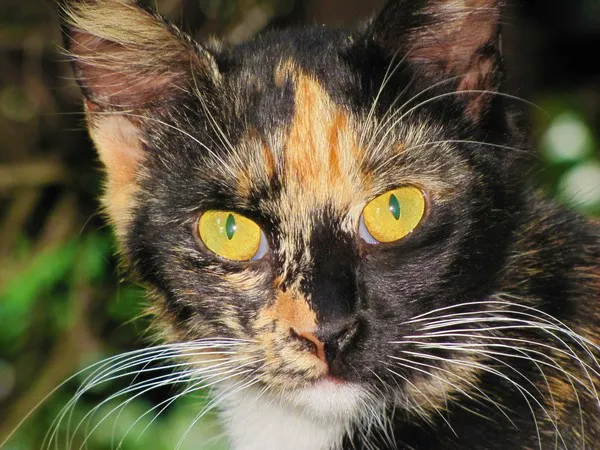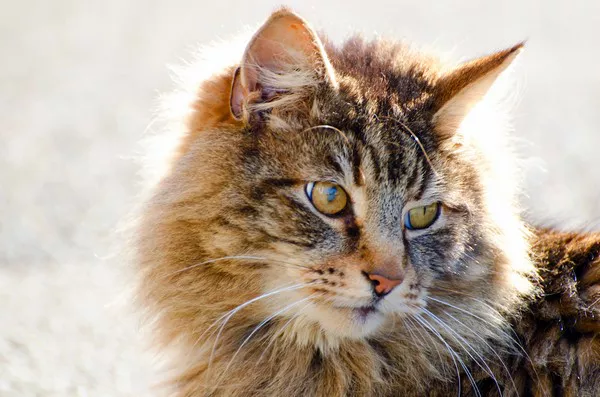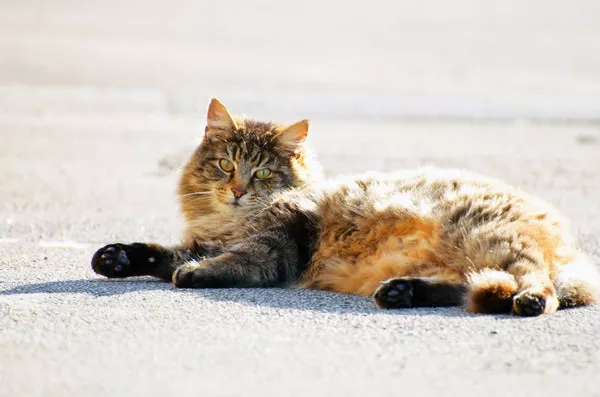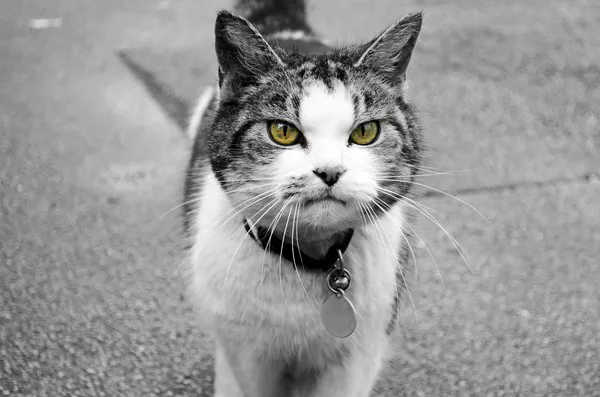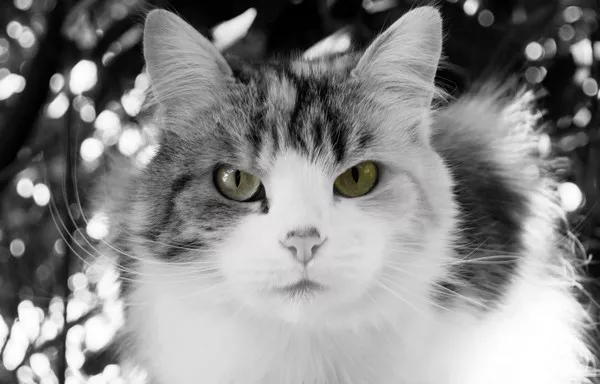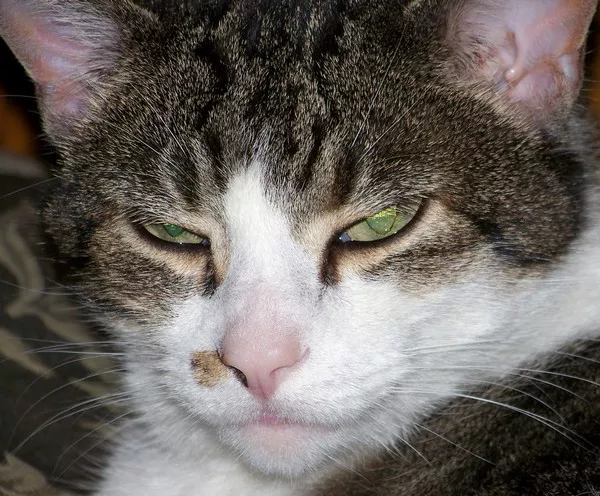Burmese cats are beloved for their affectionate nature, sleek coats, and striking eyes. As with any cat breed, providing proper nutrition is essential for ensuring their health, well-being, and longevity. Understanding what Burmese cats like to eat is crucial for meeting their dietary needs and promoting optimal health. In this comprehensive guide, we will explore the dietary preferences, nutritional requirements, feeding guidelines, and common feeding-related concerns for Burmese cats.
1. Burmese Cats
Burmese cats are a breed known for their playful and sociable personalities. Originating from Southeast Asia, these cats are renowned for their affectionate demeanor and tendency to form strong bonds with their human companions. With their muscular build and athletic prowess, Burmese cats are active and energetic animals that require a balanced and nutritious diet to support their lifestyle.
2. Nutritional Requirements of Burmese Cats
To understand what Burmese cats like to eat, it’s important to first consider their nutritional requirements. Like all cats, Burmese cats are obligate carnivores, meaning they require a diet rich in animal-based protein to thrive. In addition to protein, their diet should also include essential nutrients such as fats, vitamins, and minerals to support overall health and vitality.
Protein
Protein is a crucial component of a Burmese cat’s diet, as it provides the essential amino acids necessary for muscle maintenance, growth, and repair. High-quality animal protein sources, such as chicken, turkey, beef, and fish, are ideal for meeting their protein requirements. Look for cat food formulas that list meat or meat meal as the first ingredient to ensure adequate protein content.
Fats
Fats are another important nutrient for Burmese cats, providing a concentrated source of energy and essential fatty acids. Omega-3 and omega-6 fatty acids are particularly beneficial for maintaining healthy skin, coat, and immune function. Fish oil, chicken fat, and flaxseed are common sources of healthy fats found in cat food formulations.
Vitamins and Minerals
Burmese cats require a balanced intake of vitamins and minerals to support various bodily functions, including immune health, bone strength, and metabolism. Key vitamins and minerals for cats include vitamin A, vitamin D, vitamin E, calcium, phosphorus, and taurine. Commercial cat foods are formulated to provide these essential nutrients in appropriate amounts, but supplementation may be necessary in certain cases, such as for cats with specific health concerns or dietary restrictions.
Water
Water is essential for maintaining hydration and supporting various physiological processes in Burmese cats. Providing access to clean, fresh water at all times is crucial for preventing dehydration and promoting urinary tract health. Wet cat food formulations can also contribute to overall water intake, as they have higher moisture content compared to dry kibble.
3. Feeding Guidelines for Burmese Cats
When it comes to feeding Burmese cats, it’s important to establish a regular feeding routine and portion control to prevent overeating and obesity. Here are some feeding guidelines to consider:
Scheduled Feedings
Feeding Burmese cats on a schedule, rather than free-feeding, can help regulate their calorie intake and prevent excessive weight gain. Divide their daily food allowance into two or three meals, spaced evenly throughout the day. This can also help prevent digestive issues and promote healthy eating habits.
Portion Control
Monitor your Burmese cat’s portion sizes and adjust their food intake based on their age, weight, activity level, and overall health. Follow the feeding guidelines provided on the cat food packaging as a general reference, but be prepared to make adjustments as needed. Avoid overfeeding, as obesity can lead to various health problems, including diabetes, arthritis, and heart disease.
Quality Over Quantity
Prioritize quality nutrition over quantity when selecting cat food for your Burmese cat. Choose high-quality, species-appropriate cat food formulations that are specifically formulated to meet the nutritional needs of cats. Look for products that are AAFCO (Association of American Feed Control Officials) approved to ensure they meet industry standards for complete and balanced nutrition.
Variety in Diet
Offering a variety of cat food textures and flavors can help keep mealtime interesting for your Burmese cat. Experiment with different wet and dry food formulations, as well as occasional treats or homemade recipes, to provide dietary variety and enrichment. However, be mindful of any dietary sensitivities or allergies your cat may have when introducing new foods.
Monitor Body Condition
Regularly monitor your Burmese cat’s body condition score to assess their weight and overall health. Ideally, you should be able to feel their ribs without excess fat covering, and they should have a defined wais
t when viewed from above. Consult with your veterinarian if you have concerns about your cat’s weight or body condition, as they can provide guidance on appropriate feeding practices and dietary management.
4. Common Feeding-Related Concerns for Burmese Cats
While Burmese cats are generally healthy and resilient, there are some common feeding-related concerns that owners should be aware of. These may include:
Hairballs: Burmese cats are known for their short, dense coats, which can contribute to hairball formation. Providing regular grooming and incorporating fiber-rich foods into their diet can help reduce hairballs and promote healthy digestion.
Urinary Health: Some Burmese cats may be prone to urinary tract issues, such as urinary crystals or bladder stones. Ensuring they have access to plenty of fresh water and feeding a balanced diet with appropriate moisture content can help support urinary tract health.
Obesity: Burmese cats have a tendency to gain weight if overfed or under-exercised. Obesity can lead to various health problems, including diabetes, arthritis, and heart disease. Monitoring portion sizes, encouraging regular exercise, and providing a balanced diet are key strategies for preventing obesity in Burmese cats.
Food Sensitivities: Like all cats, Burmese cats may have food sensitivities or allergies to certain ingredients. Common allergens include poultry, grains, and dairy products. If your cat exhibits signs of food intolerance, such as vomiting, diarrhea, or skin problems, consult with your veterinarian to identify and address the underlying cause.
Conclusion
In conclusion, understanding what Burmese cats like to eat involves meeting their specific nutritional requirements and dietary preferences. As obligate carnivores, Burmese cats thrive on a diet rich in animal-based protein, healthy fats, vitamins, and minerals. Establishing a regular feeding routine, monitoring portion sizes, and providing high-quality cat food formulations are essential for supporting their health and well-being.
By following feeding guidelines, monitoring body condition, and addressing common feeding-related concerns, owners can ensure that their Burmese cats receive the nutrition they need to live happy, healthy lives. Consulting with a veterinarian for personalized dietary recommendations and guidance can further enhance the health and longevity of Burmese cats. With proper nutrition and care, Burmese cats can enjoy a vibrant and fulfilling life as cherished companions.

![Do Birman Cats Like to Cuddle? [Revealed!]](https://www.catsmeowweb.com/wp-content/uploads/2023/06/burmese-cat-25.jpeg.webp)
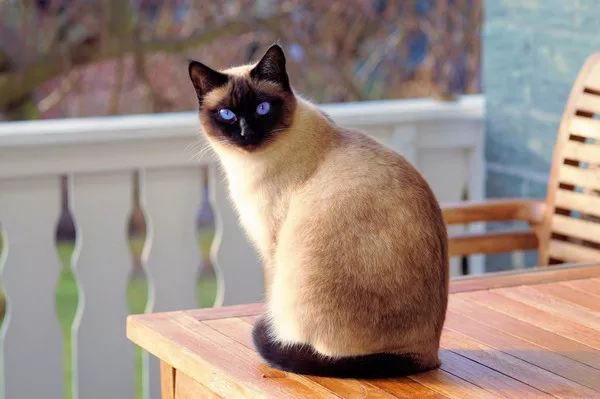




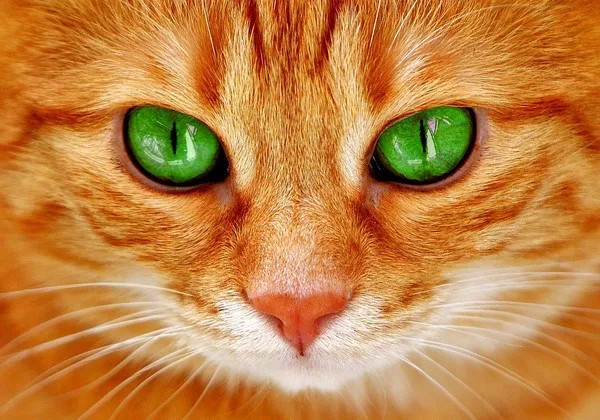
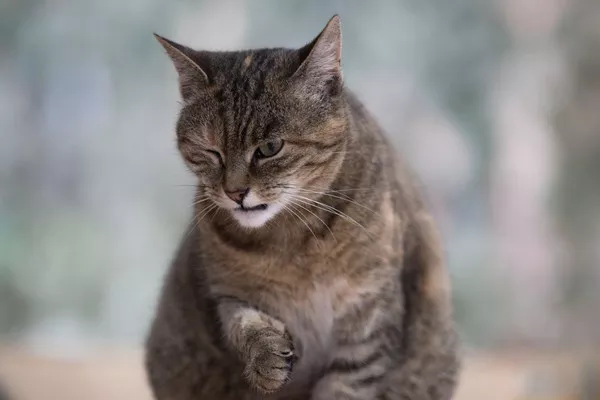


![Do Birman Cats Like to Cuddle? [Revealed!]](https://www.catsmeowweb.com/wp-content/uploads/2023/06/burmese-cat-14.webp)
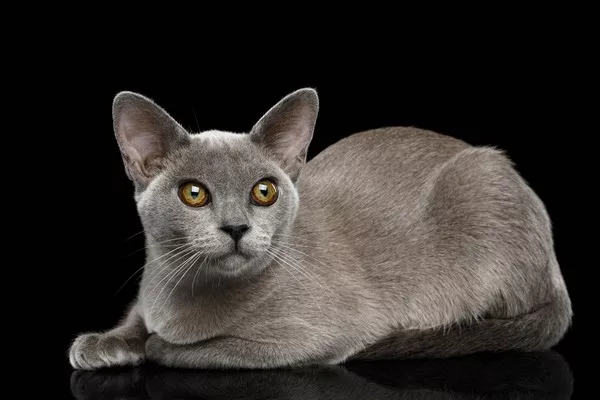
![Do Birman Cats Like to Cuddle? [Revealed!]](https://www.catsmeowweb.com/wp-content/uploads/2023/06/burmese-cat-31.webp)
